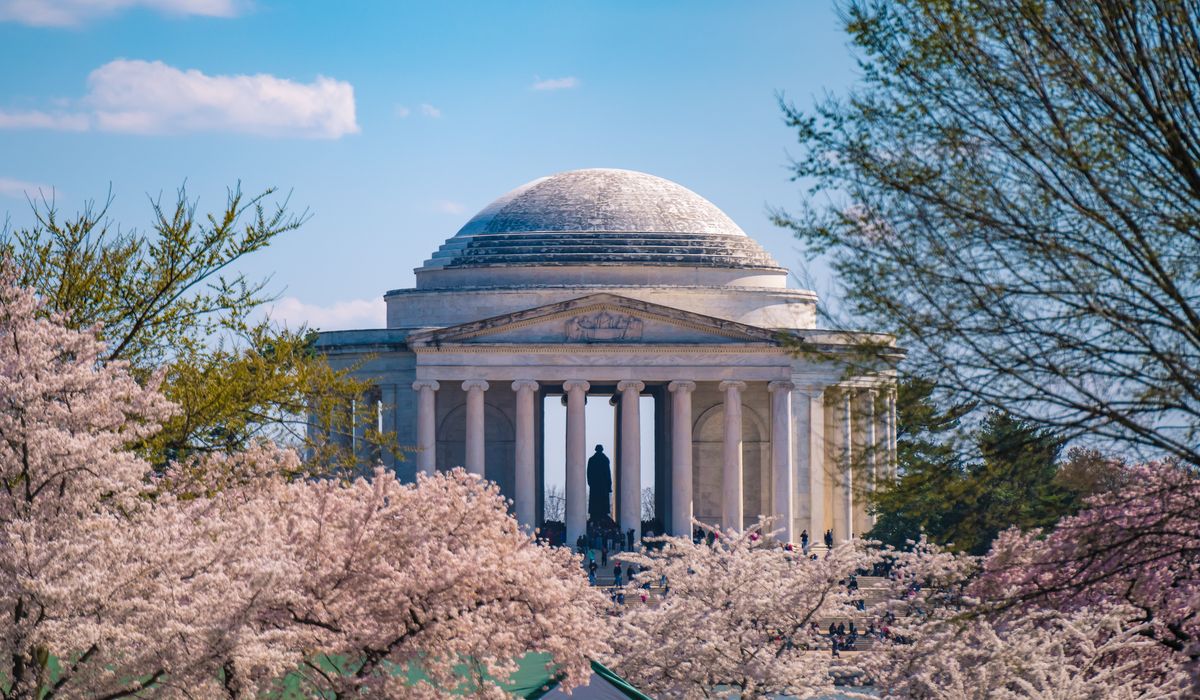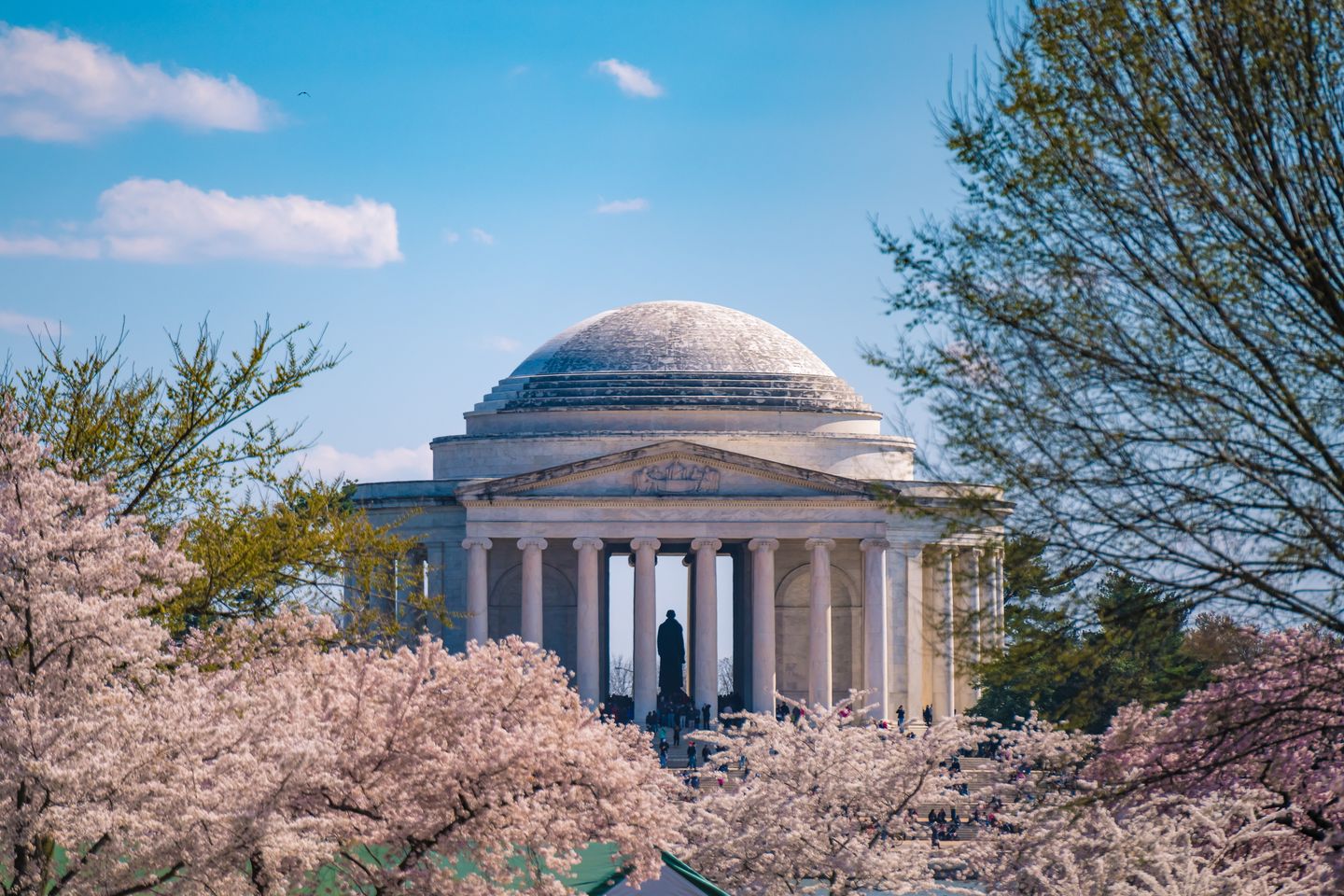Officials predict peak bloom for cherry blossoms in DC but warn of weather swings


The cherry blossoms are back — but unpredictable weather may dull and delay their blooms this year.
National Park Service officials estimated Wednesday that the District’s cherry blossoms will reach their peak bloom in the Tidal Basin between March 22 and 25, the same period they predicted last year.
But Jeff Reinbold, National Parks Service’s superintendent of the National Mall and Memorial Park, added that horticulturalists will “monitor weather conditions” to see if unpredictable temperature patterns change things.
He said during a press conference that it has been a “particularly challenging year to predict” peak bloom because the D.C. region is “emerging from the third-warmest winter on record.”
Peak bloom occurs when 70% of the area’s Yoshino cherry blossoms are open, with the “puffy white blossoms … creating a cloud-like effect” among the roughly 3,750 trees that line the basin, according to the park service website.
According to park service officials, an unseasonably warm winter tricked many of the cherry trees into reacting as if spring has come early, causing them to start opening their buds last month.
If temperatures drop below freezing for extended periods this month, water will freeze inside the buds and cause them to fall off, official say. The budding trees would then turn brown and bloom again later than expected.
“If we get a deep freeze 27 degrees or lower as the petals are emerging, we could see damage to the blossoms. This occurred in 2017 and about half of the blooms were lost,” Mike Litterst, chief of communications for the National Mall and Memorial Parks, told The Washington Times last week.
Arborists predict peak bloom for the cherry blossoms by looking at indicator trees that start budding 10-14 days before the others. The first indicator tree started blooming early last month, two weeks before last year.
After last week’s “wide variation” in weather between 80-degree temperatures and snow, Mr. Reinbold said Wednesday that the first indicator tree “is showing us several different phases of blossoms.”
The cherry trees never reached dormancy during the warm winter, he added.
As meteorologists warn that recent changes to the polar vortex may bring freezing temperatures to the East Coast this month, park officials are now looking more at weather predictions than the indicator trees to track peak bloom.
The emergence of the cherry blossoms and related celebrations offer D.C.-area residents a hopeful sign of spring each year, with peak bloom drawing the largest crowds of admirers.
Peak bloom varies each year depending on the weather, with the Environmental Protection Agency reporting that the average date for Washington’s cherry blossoms is April 4 after more than a century of data. Peak bloom has fallen earlier in recent years, landing on March 21 last year.
A cold weather snap this month could diminish crowds at this year’s National Cherry Blossom Festival, a major source of tourist revenue for the area that’s scheduled to run from March 20 to April 16.
This year’s festival commemorates the 111th anniversary of the original Yoshino cherry trees that the mayor of Tokyo gave to Washington, D.C., as a gift in 1912.
Park officials say about 90 of the trees are replaced each year and only a few of the original 1912 trees remain alive.
Artists from the District and Japan are slated to participate in the opening ceremony of the festival on March 20. Other events include a blossom kite festival, a parade featuring Mickey and Minnie Mouse as grand marshals, a “petalpalooza” live music concert and a pink-tie dinner party.
According to the park service, the Yoshino trees usually bloom for several days with the aid of cool, calm weather.
The earliest the District’s cherry blossoms hit their peak bloom was March 15, 1990. The latest peak bloom date was April 18, 1958.
D.C. officials on Wednesday remained hopeful that the trees will draw large crowds this year.
“Cherry blossom season brings so much hope and joy to D.C. every spring, and we want more people to experience the beauty of our cherry blossoms,” Mayor Muriel Bowser said in a news release.
[ad_2]
Share this news on your Fb,Twitter and Whatsapp
Times News Network:Latest News Headlines
Times News Network||Health||New York||USA News||Technology||World News